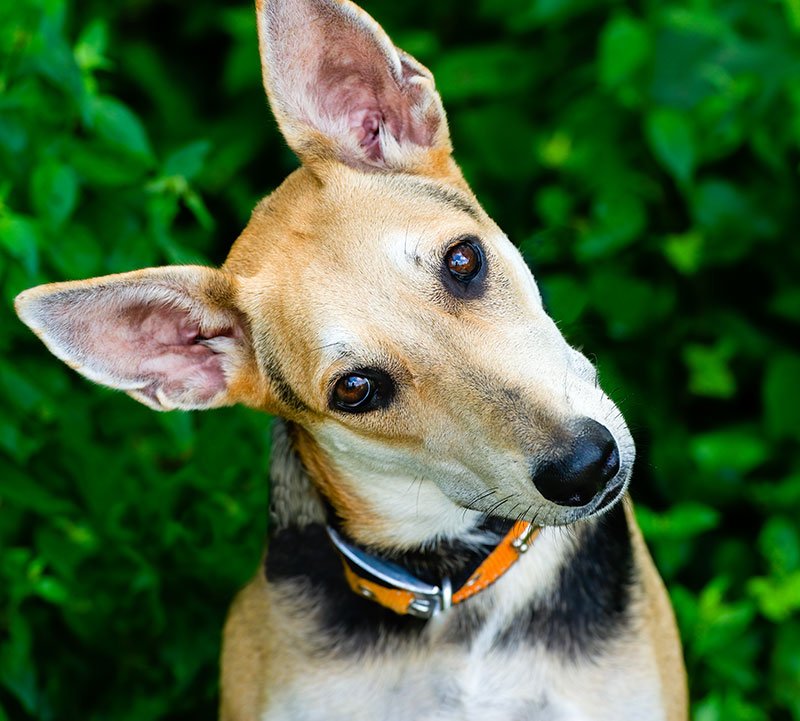

Remember that classic Gary Larson “Far Side” cartoon, “What we say to dogs/What they hear”? One reason it’s funny is because it seems so true. Humans are verbal animals, and talking is usually our first choice when it comes to interacting with our dogs. But how do our words register with them? Using increasingly sophisticated techniques, scientists are looking for the answer to that question. As this new study demonstrates, the way dogs’ brains interpret sounds can make it challenging for them to understand us.
Dogs who are able to identify hundreds—or even thousands—of toys by name are really rare. That’s why they make the news and books are written about them. Most dogs are not nearly as skilled at discriminating among so many different words, or learning what they mean.
A new study investigated what happens in dogs’ brains when they hear words, and the results explain the miscommunication most of us have from time to time with our dogs. The question the researchers asked was: How well can dogs differentiate words they already know from similar-sounding nonsense words, and from nonsense words that are very different phonetically?
Using specific brain-activity measurements called event-related potentials, the responses dogs have to words can be measured and recorded in a noninvasive way. The dogs are awake during the study, and do not need specific training in order to participate. Electrodes placed on the dog’s head allow researchers to record relevant brain activity in response to hearing sounds—either of real words or of nonsense words.
Experience improved dogs’ performances on these tests. The more experience they had with a word, the better they were able to recognize it. That’s consistent with what Dr. John Pilley says—“Learning builds on learning”—which relates to teaching college students as well as teaching his Border Collie, Chaser, to identify more than 1,000 different toys. Familiarity with toy names allows dogs with large vocabularies to choose the right one, which takes a lot of practice and experience.
GET THE BARK NEWSLETTER IN YOUR INBOX!
Sign up and get the answers to your questions.
Dogs’ brains are able to make clear distinctions between a word they already know and a nonsense word that’s very different from the known word. However, the study showed that they did not discriminate between the word they knew and a similar-sounding nonsense word. For example, their brains responded differently to hearing words like down and surf, but not to hearing words like down and dune, which differ by only one sound. For anyone who has ever had their dog confuse cues such as stand and stay, or toys such as boat and goat, these findings make a lot of sense.
For humans, single-sound differences are a huge part of everyday language and communication. In fact, human children learn to make these phonetic distinctions during their second year of life, which is when their vocabulary begins expanding dramatically. Until they’re roughly a year old, babies are unable to make such distinctions between similar-sounding words. So, this study suggests that most dogs process human language in a way that is more similar to young babies than to older babies and toddlers.
The way words are processed in the brains of dogs who have a massive vocabulary could explain their special skills. It may be that such dogs are especially good at processing sounds, and it’s this talent that allows them to learn so many different words. Perhaps if dogs have the ability to distinguish large numbers of words and sounds, their vocabulary can grow quickly.
Or, perhaps these dogs’ amazing feats have to do with experience. They may have developed a foundation of known words and then, with practice, were able to build on it. We do not yet know if those dogs can distinguish among so many words—some quite similar—because of a combination of superior processing and experience, or for another reason.
No matter—it’s fun to communicate with our dogs, and the more we’re able to do so, the more we can enjoy each other.